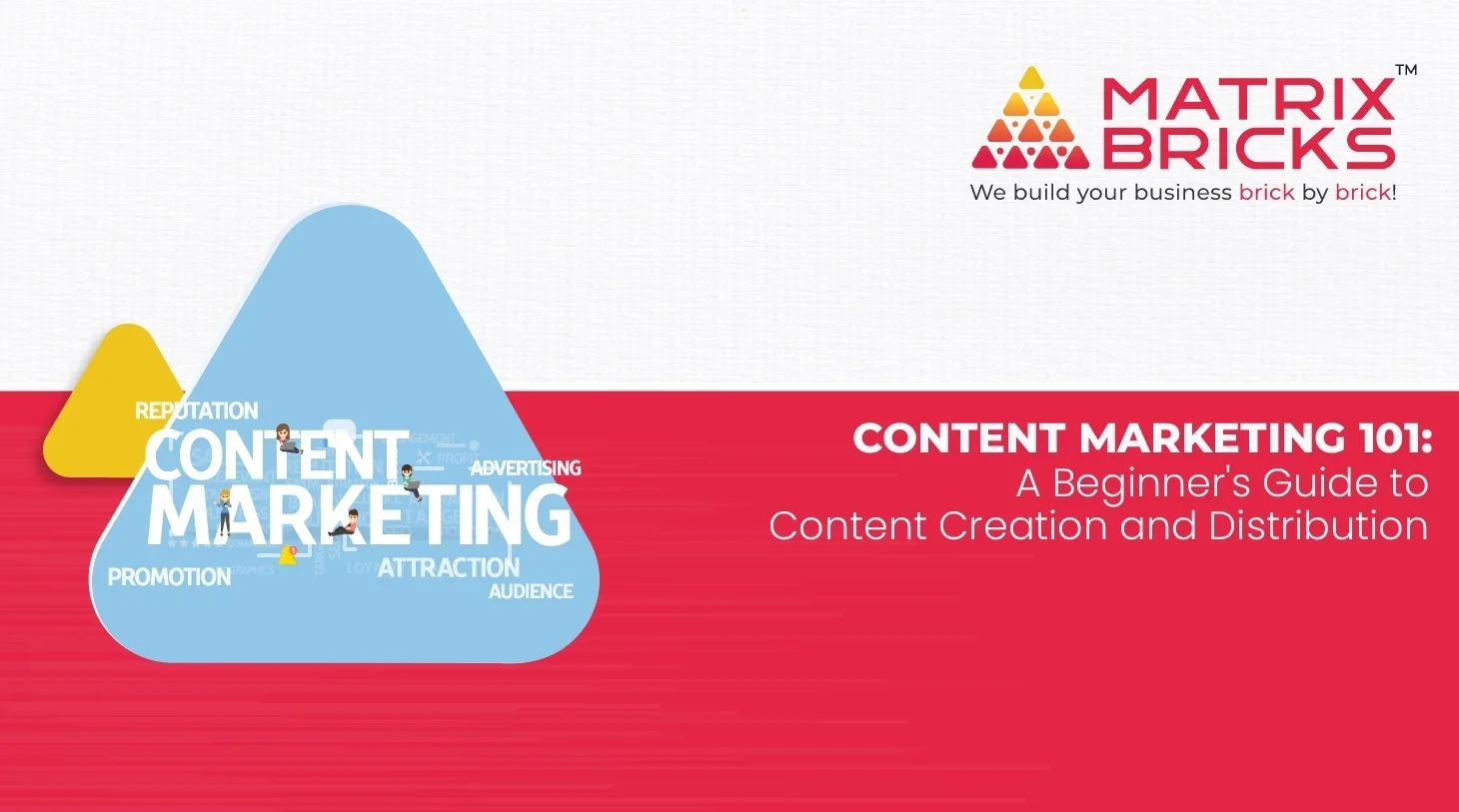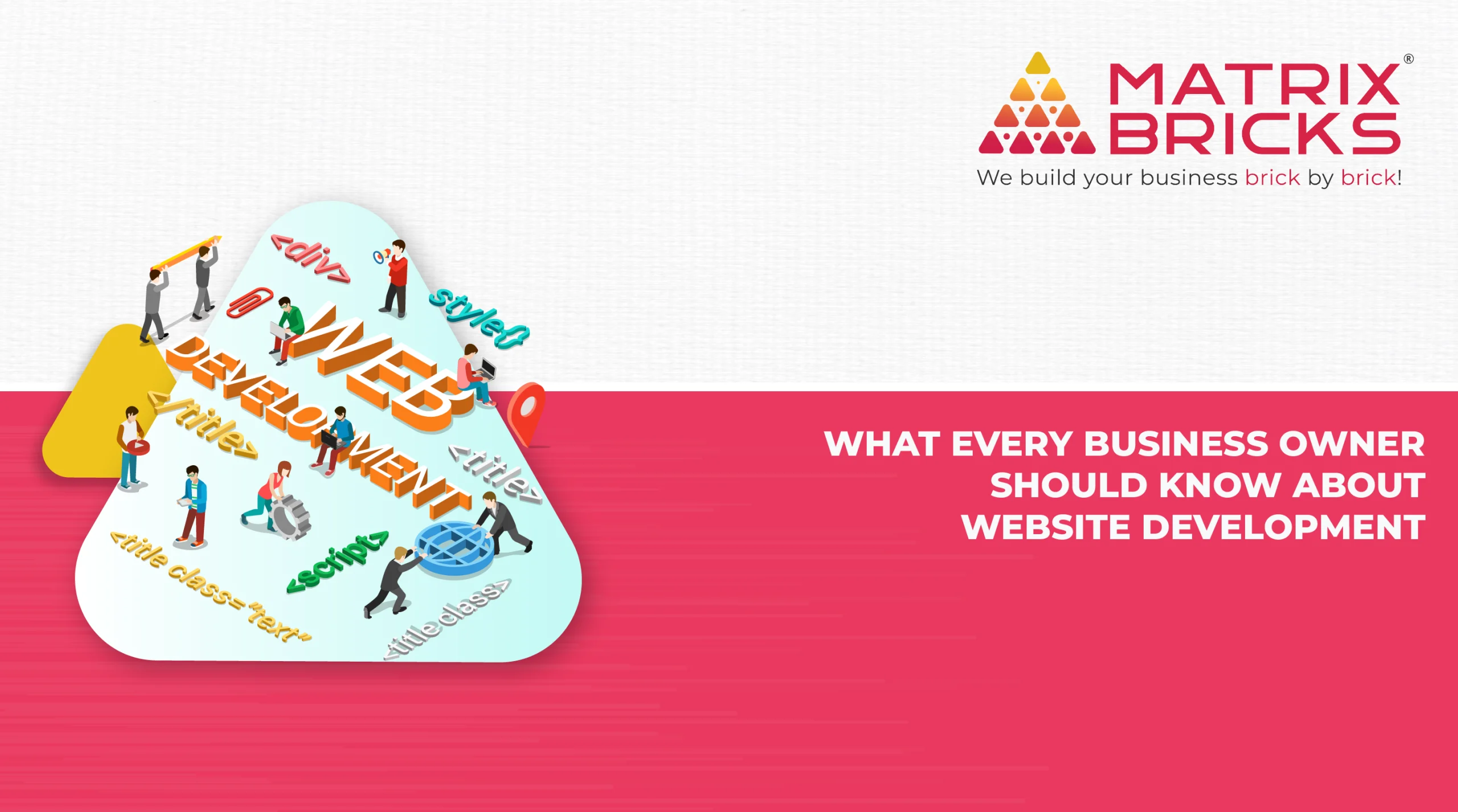
Content marketing has become an indispensable component in today’s digitized business landscape. Be it being an entrepreneur or an enormous B2B company, without the effective creation and distribution of content, you cannot be able to build brand awareness, engage with your audience, or drive conversions. This guide is going to outline the key concepts in content marketing and give practical advice on content creation and distribution for beginners. In addition, we will examine how the entire process can be eased when working with content writing services, especially for first-time content marketing venture users. What is Content Marketing?
Content marketing is the strategy of creating relevant, valuable, and consistent content to attract and engage a well-defined audience. It is contrasted with traditional marketing, which pushes products through advertisements, as content marketing centers on building relationships with customers based on useful information.

Key Elements of Content Marketing:
- Having Valuable Content: Content should educate, inform, or entertain your audience.
- Consistency: Posting regularly to maintain audience engagement.
- Focus: Make sure your content is good enough to meet the needs and interests of your targeted audience.
If you are new to the term content marketing, outsourcing content writing services will ensure that you have quality content for your target group.
Why Is Content Marketing Important?
Content marketing has multiple advantages to help a business grow:
Brand Awareness:
Valuable content publication provides an opportunity for potential customers to learn about your business.
Improve SEO:
Such blogs have blog posts coming out regularly, which search engines really like, so this increases organic search rankings.
Lead Generation:
Relevant and interesting material persuades people to leave their contact information, which will then make lead nurturing easy.
Customer Retention:
Regular and relevant content helps a business gain the loyalty of an audience. Such an audience will be sure to return to your business.
Get Going with Content Marketing:
Starting a journey to successful content marketing requires a structured approach. Below are the basic steps of creating and distributing quality content.
1. Identify Your Target Audience:
First comes the kind of people you are trying to reach. It is crucial to understand the needs, challenges, and preferences that will strike a chord with your target audience.
- Buyer Personas: Create comprehensive profiles of who your ideal customers are, including demographics, and what their key pain points are.
- Understand Their Needs: Find out what people are looking for and how your information will solve their problems.
Content writing services can even help you generate specific content that is relevantly applicable to your target market, making your content relevant and impactful.
2. Set Content Marketing goals
Before you start to create your content, establish your objectives. What do you want to accomplish through your content? Whether it is increased website traffic or leads, specific goals will help you formulate a content strategy.
- SMART Goals: Make sure that your objectives are Specific, Measurable, Achievable, Relevant, and Time-bound.
- For example, you can pledge to write two pieces a week to drive more traffic to the blog, targeting a 10% jump in three months.
3. Content Strategy
This is the strategy put in place for how you will create, publish, and manage your content. This includes the nature of the content, topics, and where you will get the message.
- Content Types: A combination of different formats like blog posts, videos, infographics, and podcasts.
- Content Calendar: Planning for regular content publishing.
- Content Pillars: Focus on central themes relevant to your audience and to your business objectives.
If you are unsure about how to develop a strategy, then content writing services can help in developing an approach in line with your goal.
The core of content marketing is delivering quality to the target audience. Your content must be meaningful, meet the needs of your audience, and provide a solution to them.
Content Planning:
Plan content based on topics your audience cares about again, always based on thorough research.
Optimization for SEO:
There are very simple possibilities in placing pertinent keywords, proper formatting, and well-crafted meta descriptions from the very beginning that could guarantee high ranking and searchability.
Engaging Formats:
Chunk the content into sections with clear headings and include images or infographics for high engagement.
Content writing services:
can actually be the best solution to this; if your business does not have the resources for regular content production, then outsourcing is the way to go. In fact, their way of producing highly sought-after content that drives results can be the solution for your business as well.

Effective Content Distribution Channels:
Content creation is one thing; you also have to distribute your content effectively so that it reaches the right target audience. Here are a few examples of the main distribution channels:
1. Website and Blog
Your site is the best place for sharing content. A blog on your site should be frequently updated with fresh posts. Relevant traffic and good SEO depend on this action. Blog Post to Build SEO-Friendly; Drive Organic Traffic. Leverage focused landing pages that include the value-add of either a high-quality eBook or guide. Optimized blog writing services benefit small business owners and entrepreneurs by ensuring that articles are developed in a way that benefits search engines while also engaging users.
2. Social Media
You get the best avenue to reach a larger audience through social media sites. Posting on Instagram, Twitter, LinkedIn, and Facebook will increase the content’s exposure and interaction. Social media, as content marketing for small businesses, can be quite an inexpensive way to reach your possible customers.
- Consistency is King: Post your content regularly on social sites and also engage with your followers.
- Visual Flair: Use images and videos or infographics to make your posts more appealing.
3. Email Marketing
Content can be distributed to your target market through email marketing quite effectively. For this, start with creating an email list and sending out newsletters on a regular basis featuring shared contents.
- Newsletters: These will consist of your regular updates of your newly published blog posts or special offers for your target market.
- Automation: Expand on automated email sequences that help cultivate leads. Content will be distributed at strategic moments along the buyer’s journey to get them to their destination.
4. Paid Advertising
Organic reach is not instantaneous, so paid ads are also a great way to amplify your content. You can leverage these options, including Google Ads, Facebook Ads, or LinkedIn Sponsored Content, and get your content in front of the right people.
- Targeted Ads: Design ads that target specific niches to maximize the ROI for your campaign.
- Promote Posts: Let high performing content reach further and see social channel amplification.
Content marketing for small enterprises and entrepreneurs
Content marketing can be very effective for small businesses as well as entrepreneurial businesses, as it will help in building your brand and lead generation. In general, small businesses work on a tight budget, so content marketing is not expensive and effective either. Content writing services allow the small business to create excellent quality content without maintaining an in-house team so that they can nurture the growth of their business.
B2B Content Marketing Strategies
For a B2B company, content marketing is done for in-depth, educational purposes on industry-specific challenges. White papers, case studies, and webinars as thought leadership are examples of B2B content marketing strategies that are frequently employed.
- Thought Leadership: Build your company’s reputation as a thought leader by providing deep insights into and solutions to industry-specific challenges.
- Lead generation: Create contact details by nurturing leads with gated material, such reports or eBooks.
- Case Studies: Showcase finished successful projects to build trust and demonstrate your competencies.
Conclusion
Content marketing is an invaluable business tool in building online presence, trust, and long-term success. With the steps outlined in this guide for identifying the audience all the way to the distribution of the content, businesses will be able to present and distribute well-crafted content that speaks to its target market.
For first-time content marketers, a good use of content writing services could be an excellent asset for your business. They can churn out high-quality search-engine-optimized content that works towards your marketing goals. You would not get bogged down on those tasks while focusing on other things that will grow your business.





